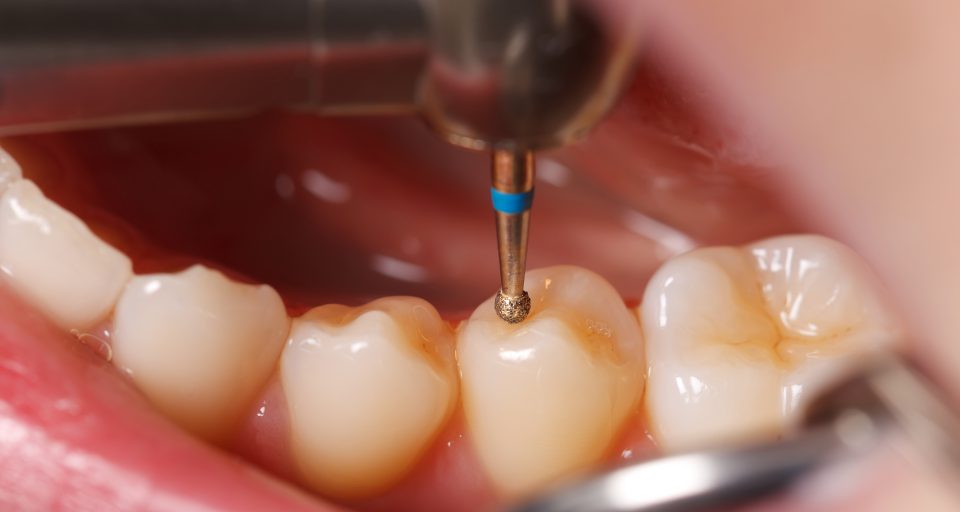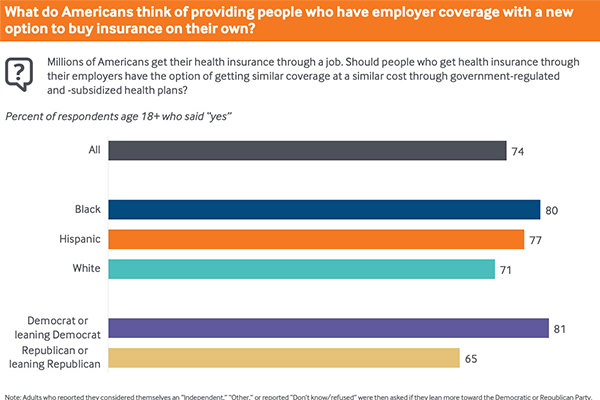Health profile and level term lengthAge 30Age 40Age 50Age 60Female non-smoker 10-year term$ 223$ 306$ 573$ 1,184 Female non-smoker 20-year term$ 314$ 477$ 955$ 2,310 Female non-smoker 30-year term$ 431$ 695$ 1,537$ 7,300 * Female smoker 10-year term$ 439$ 692$ 1,482$ 3,072 Female cigarette smoker 20-year term$ 669$ 1,185$ 2,386$ 5,219 Female cigarette smoker 30-year term$ 915$ 1,655$ 3,695$ 13,030 * Male non-smoker 10-year term$ 263$ 358$ 735$ 1,716 Male non-smoker 20-year term$ 368$ 565$ 1,226$ 3,128 Male non-smoker 30-year term$ 528$ 872$ 2,023$ 7,300 * Male cigarette smoker 10-year term$ 553$ 866$ 1,970$ 4,424 Male cigarette smoker 20-year term$ 826$ 1,487$ 3,177$ 7,100 Male cigarette smoker 30-year term$ 1,166$ 2,140$ 4,470$ 13,030 ** Restricted quotes offered. Information source: Compulife Quote System as of August 2020.
You might not have the ability to stop aging, however you can certainly stop smoking cigarettes. After five years, you can likely certify for non-smoker rates. You don't need to be a cigarette smoker to get smoking rates. Anything that provides nicotine into your system, from nicotine patches to e-cigarettes, will garner you greater life insurance rates.
Ellis advises that it's More help a great idea to get life insurance coverage as quickly as another person depends upon your income. "This might be when you and somebody else sign a lease together or acquire a car/home. Or it could be whenever you have children. If one spouse is 'remain at home,' I would still recommend they buy some life insurance.
When your dependents are economically stable, you must drop your life insurance except for possibly a little quantity to pay for a funeral," Ellis includes. Costs can increase fast when you look after a household, pay a home mortgage, strategy for college and all Go here of the other factors included in your finances.
The Single Strategy To Use For How To Shop For Health Insurance
com. "It's a time in life when you have a substantial amount of living costs and debt. Raising your term quantity when you are young and healthy is cost effective and a great idea, considering that the rates will increase significantly as you age." When you make an application for term life coverage, you'll be asked questions about your personal health history and household health insurance coverage.
Do not be surprised if you're asked the exact same set of concerns more than when first by your agent and after that by the paramedical professional who performs the exam. Some brand-new insurance companies are providing instant-approval policies where a medical examination is not required however still provide high policy limits. Also, some popular life insurance coverage providers are offering same-day approval policies.
Selecting the right term life policy requires a little financial investment of time, however the advantages can be valuable. The first factor for this is obvious: The ideal policy will help look after your beneficiaries in case you die. However the 2nd factor, which will benefit you even if you outlive your life insurance coverage policy, is the comfort that includes knowing that you and your loved ones are covered.
Utilize the life insurance coverage calculator to discover how much coverage you must have. A life insurance coverage calculator considers your funeral expenses, home loan, earnings, debt, education to give you a clear price quote of the ideal amount of life insurance protection. 2. Picking a life insurance coverage company. Insure. com preserves a list of the best life insurance companies based on consumer evaluations, making choosing a credible insurance provider easier.
All About How Long Can You Stay On Your Parents Insurance
Selecting the length of the policy. Typical terms consist of five, 10, 15, 20 and thirty years. 4. Selecting the quantity of the policy. This is the amount your recipients will receive in case of your death. The amount you select should depend on a number of factors, including your income, debts and the number of individuals who depend upon you financially.
5. Medical exam. The exam usually covers your height, weight, blood pressure, case history and blood and urine screening. 6. Initiation of policy. When your policy remains in place, preserving it is a matter of paying your monthly premiums. From there, if you die while the policy is in force, your recipients get the face amount of the policy tax-free.
Term life insurance, also called pure life insurance, is a kind of life insurance that ensures payment of a stated survivor benefit if the covered person dies during a specified term. Once the term ends, the insurance policy holder can either restore it for another term, convert the policy to permanent coverage, or permit the policy to end.
These policies have no value aside from the guaranteed survivor benefit and feature no savings element as discovered in an entire life insurance item. Term life premiums are based upon a person's age, health, and life expectancy. When you purchase a term life insurance coverage policy, the insurance company identifies the premiums based upon the worth of the policy (the payout amount) in addition to your age, gender, and health.
What Does How Much Does It Cost To Fill A Cavity With Insurance Mean?
The insurer may also ask about your driving record, present medications, smoking status, occupation, pastimes, and family history. If you pass away during the term of the policy, the insurer will pay the stated value of the policy to your beneficiaries. This cash benefitwhich is, most of the times, not taxablemay be used by recipients to settle your healthcare and funeral service costs, customer financial obligation, or home loan financial obligation to name a few things.
You may be able to renew a term policy at its expiration, however the premiums will be recalculated for your age at the time of renewal. Term life policies have no worth other than the guaranteed survivor benefit - how much does insurance go up after an accident. There is no cost savings part as discovered in a whole life insurance coverage item.
A healthy 35-year-old non-smoker can generally get a 20-year level-premium policy with a $250,000 stated value for $20 to $30 monthly. Acquiring an entire life equivalent would have substantially higher premiums, perhaps $200 to $300 per month. Because a lot of term life insurance coverage policies expire before paying a death benefit, the overall danger to the insurer is lower than that of an irreversible life policy.


When you think about the quantity of protection you can get for your premium dollars, term life insurance coverage tends to be the least pricey choice for life insurance coverage. Interest rates, the financials of the insurer, and state guidelines can also affect premiums. In general, business typically provide better rates at "breakpoint" protection levels of $100,000, $250,000, $500,000, and $1,000,000.
The Basic Principles Of How To https://www.liveinternet.ru/users/hebethwkkf/post477670669/ Fight Insurance Company Totaled Car
He buys a $500,000 10-year term life insurance policy with a premium of $50 each month. If George dies within the 10-year term, the policy will pay George's beneficiary $500,000. If he passes away after he turns 40, when the policy has actually ended, his recipient will get no advantage. If he renews the policy, the premiums will be greater than with his preliminary policy due to the fact that they will be based on his age of 40 rather of 30.
Some policies do provide guaranteed re-insurability (without proof of insurability), but such functions, when readily available, tend to make the policy cost more. There are a number of various kinds of term life insurance; the very best choice will depend upon your individual scenarios. These supply coverage for a specified duration varying from 10 to 30 years.
Due to the fact that actuaries need to represent the increasing expenses of insurance coverage over the life of the policy's efficiency, the premium is comparatively greater than yearly eco-friendly term life insurance coverage. Annual sustainable term (YRT) policies have no specified term, however can be restored each year without offering evidence of insurability. The premiums change from year to year; as the insured person ages, the premiums increase.